Prototype and challenger: HIS 7970 X2
After we had already contacted HIS at Computex this summer, we were able to follow the development of this card in steps. Starting from the still somewhat rustic-looking specimen with serial number 7, we are now the first editorial department in the world to also have a sample ready for series production, which we are finally allowed to present because it can and should be transferred to series production.
For this reason, we can also officially present this new card in this article and publish the test results in direct comparison to the competitor cards. Except for the provisional plastic cover, this card already has the final specs and features. Plain black cardboard with handwritten label:
The black cardboard of the outer packaging is HIS standard and should also correspond to that of the later retail card. James 007 sends his regards
The now presented card is a pure and meanwhile well-known 3-slot design, whereby the technicians inside the card then definitely went their own way. The first thing that catches the eye are the two 9.5 cm fans that are centrally located above the two GPUs.
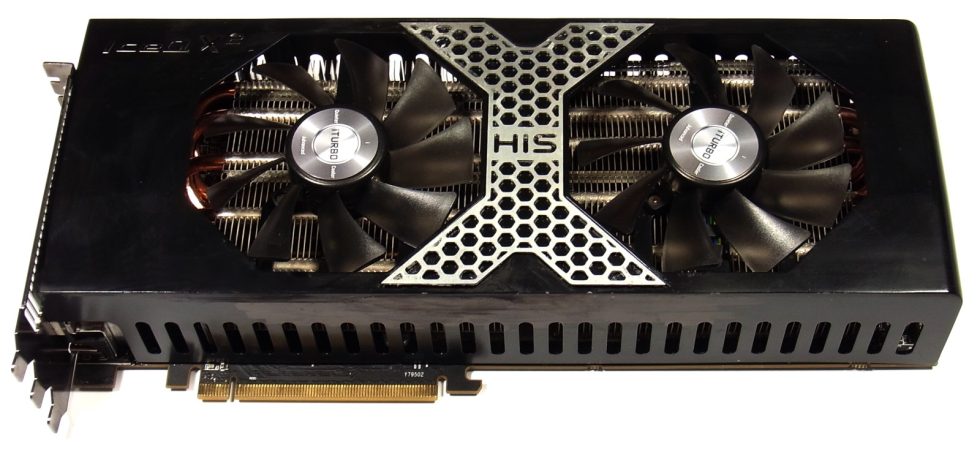 On the back, we find a total of three 8-pin connectors for the power supply, which breaks with the norm, but is mandatory for the card’s enormous power requirements (and still not quite enough).
On the back, we find a total of three 8-pin connectors for the power supply, which breaks with the norm, but is mandatory for the card’s enormous power requirements (and still not quite enough).
A look at the bare PCB shows that HIS, in contrast to PowerColor, has neatly divided and spatially separated the power supply for both chips. 6 phases for the GPU and 2 phases for the 3 GB memory are used for each of the two GPUs, just like in the PowerColor 7990 Devil 13.
Used Magic R30 for the coils, which in the end should also have led to a reduction in coil beeping. Unfortunately, there is no backplate.
Now we come to the special feature of the cooling. HIS has taken a completely different approach than the competitors and divides the usual large heatsink into two separate heatsinks, each of which sits on one of the GPUs and is also controlled separately.
What we don’t like, however, is the vertical arrangement of the cooling fins due to the design, since the heat pipes run horizontally. The end of the story is that half of the waste heat ends up on the motherboard and the rest is squeezed out of the top of the card. It was probably thought that this type of card would be installed in cases with side panel ventilation anyway, and that one could also avoid the heating of the hard drives with this design. However, we would only follow this line of argument to a limited extent.
By the way, the “damage” of the right heat sink visible on the picture is intentional, because there was still a capacitor in the way on the board. The final version, as we later tested it with the copy 616, no longer offers this sight. Termination without air outlet:
The LT 22102-A1 from Lucid is used to connect the two GPUs on the system instead of the PEX 8747 from PLX.
We can offer our readers these pictures and the test results as a world-exclusive first page, but once again refer to the pre-production status of our test samples. We are in contact with HIS and will provide the exact launch dates and recommended price shortly. Of course, this does not detract from the card itself, as it is fully operational and functional.
- 1 - Introduction and overview
- 2 - The challenger: HIS 7970 X2
- 3 - The efficient: EVGA GTX 690
- 4 - The beauty: PowerColor 7990 Devil 13
- 5 - Synthetic benchmarks
- 6 - Gaming benchmarks (Catalyst 12.11)
- 7 - Micro stuttering: the current situation
- 8 - Micro stuttering: AFR render methods
- 9 - Micro stuttering: adaptive VSync (Nvidia)
- 10 - Micro stuttering: dynamic VSync (AMD)
- 11 - Power consumption and temperatures
- 12 - Fan speed and noise (with videos)
- 13 - Summary and conclusion















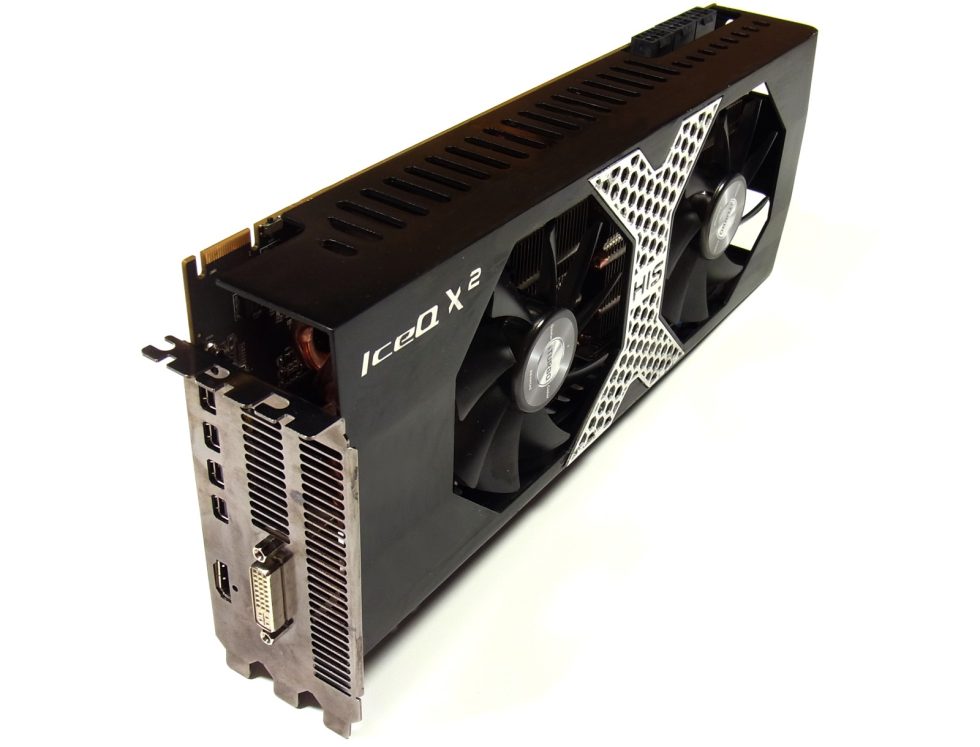
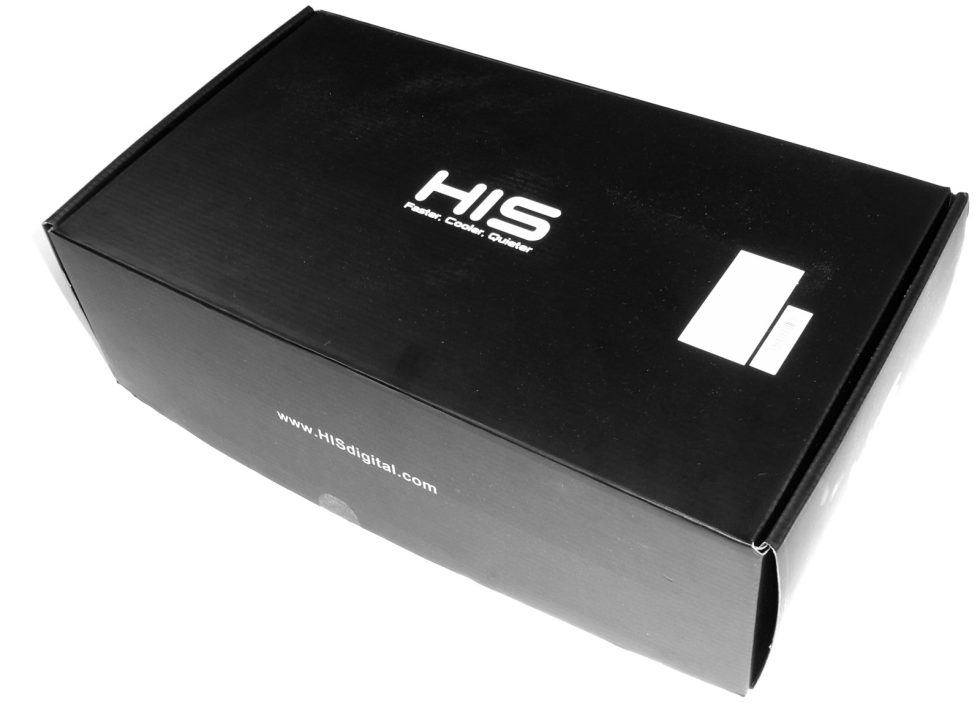
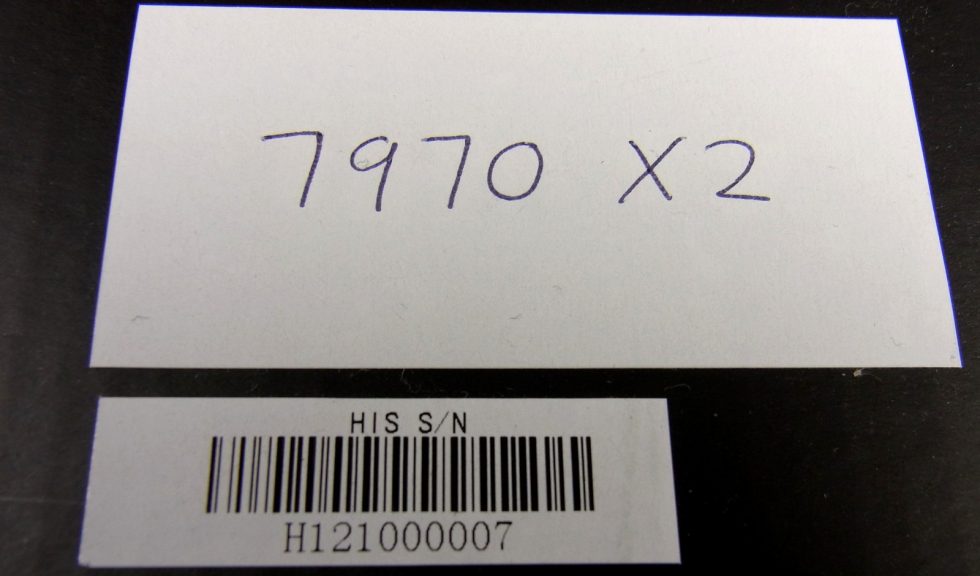
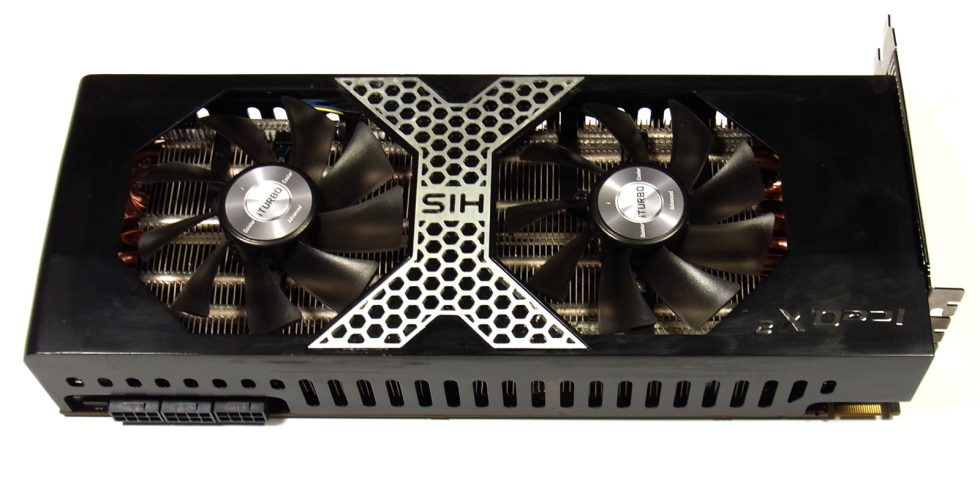
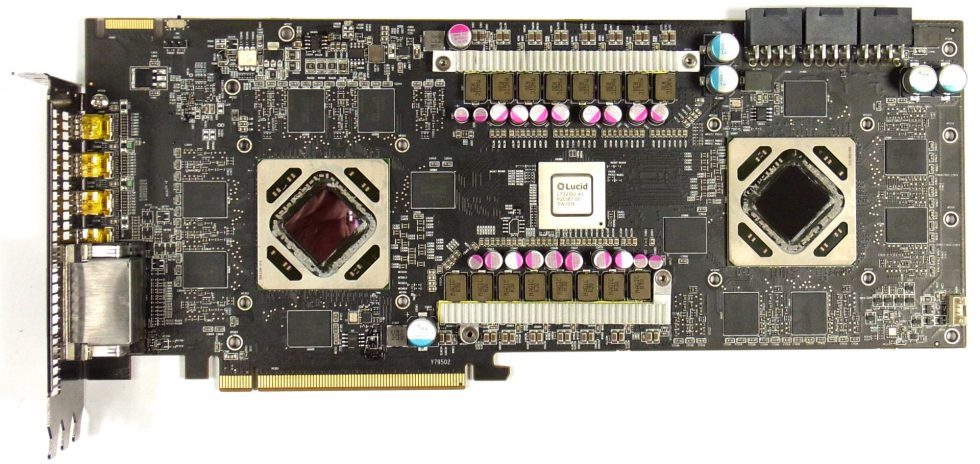
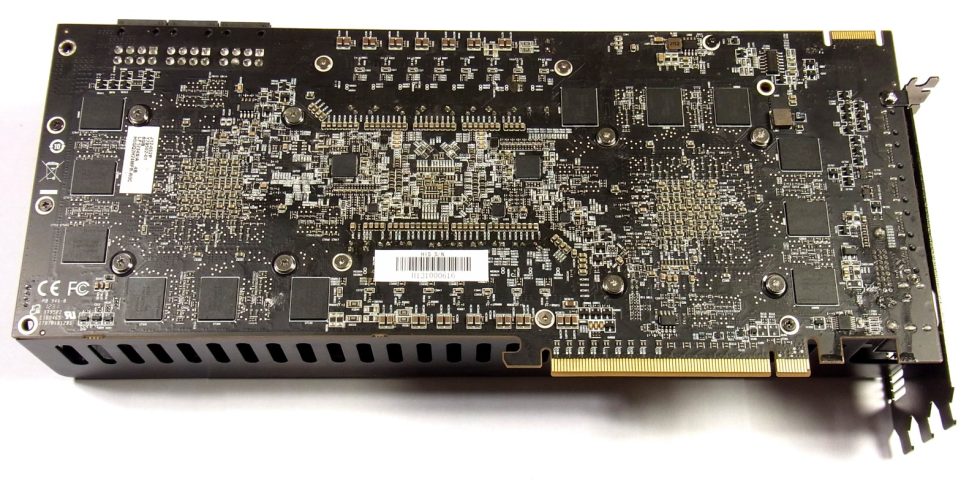

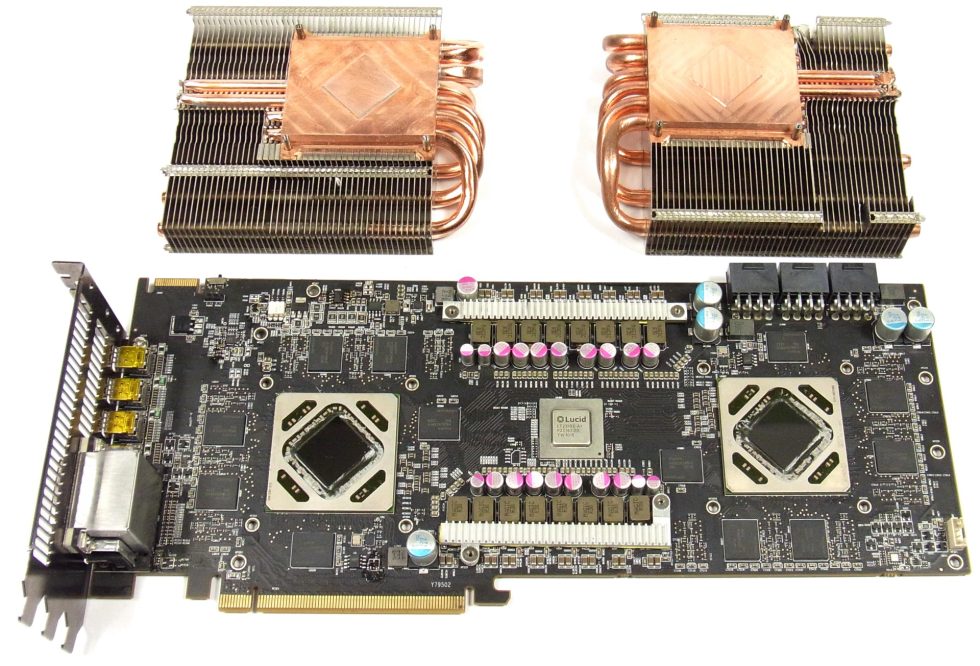
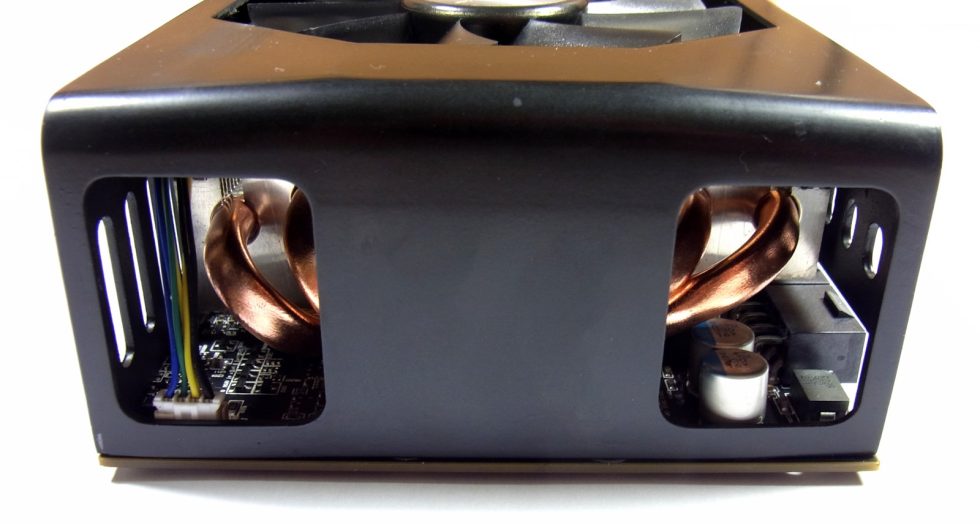
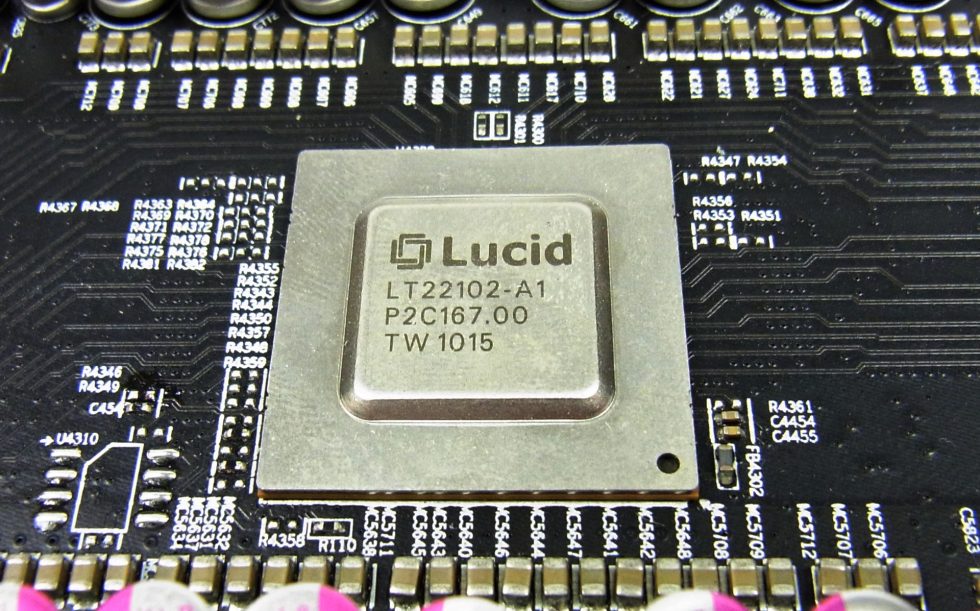



















13 Antworten
Kommentar
Lade neue Kommentare
Urgestein
1
Urgestein
Mitglied
Urgestein
Urgestein
Mitglied
Urgestein
Urgestein
1
Mitglied
Neuling
Urgestein
Alle Kommentare lesen unter igor´sLAB Community →